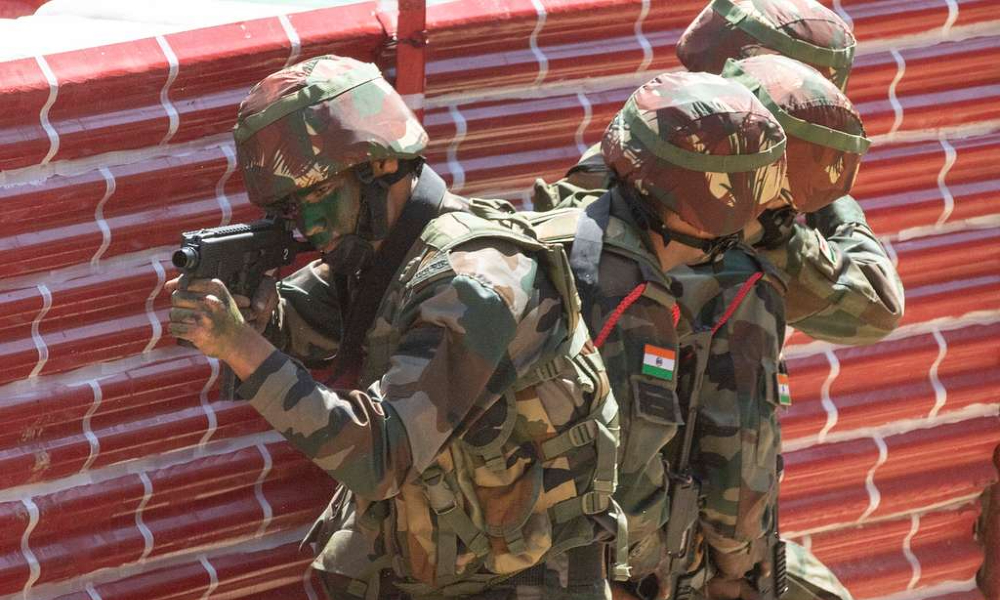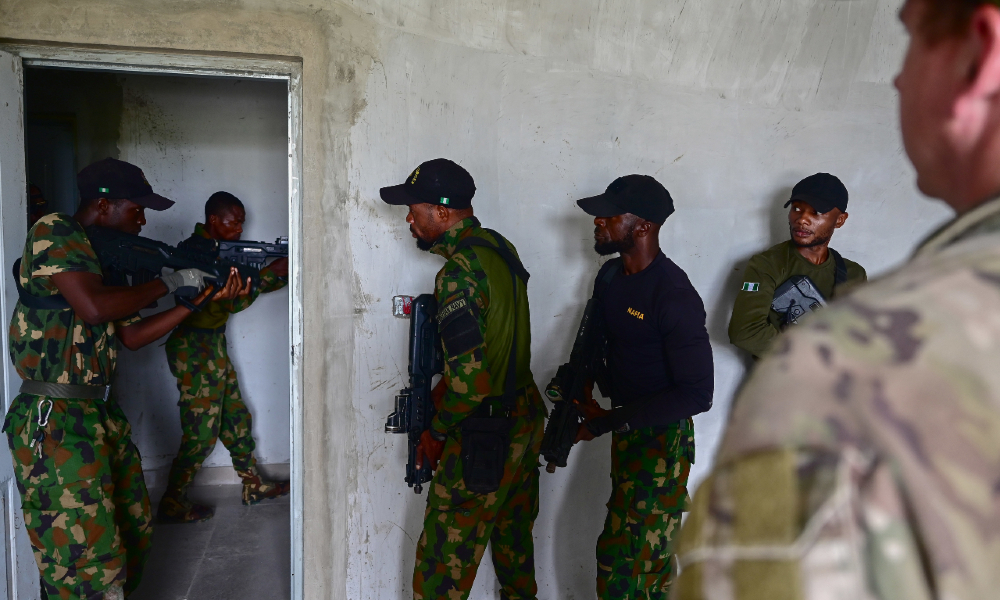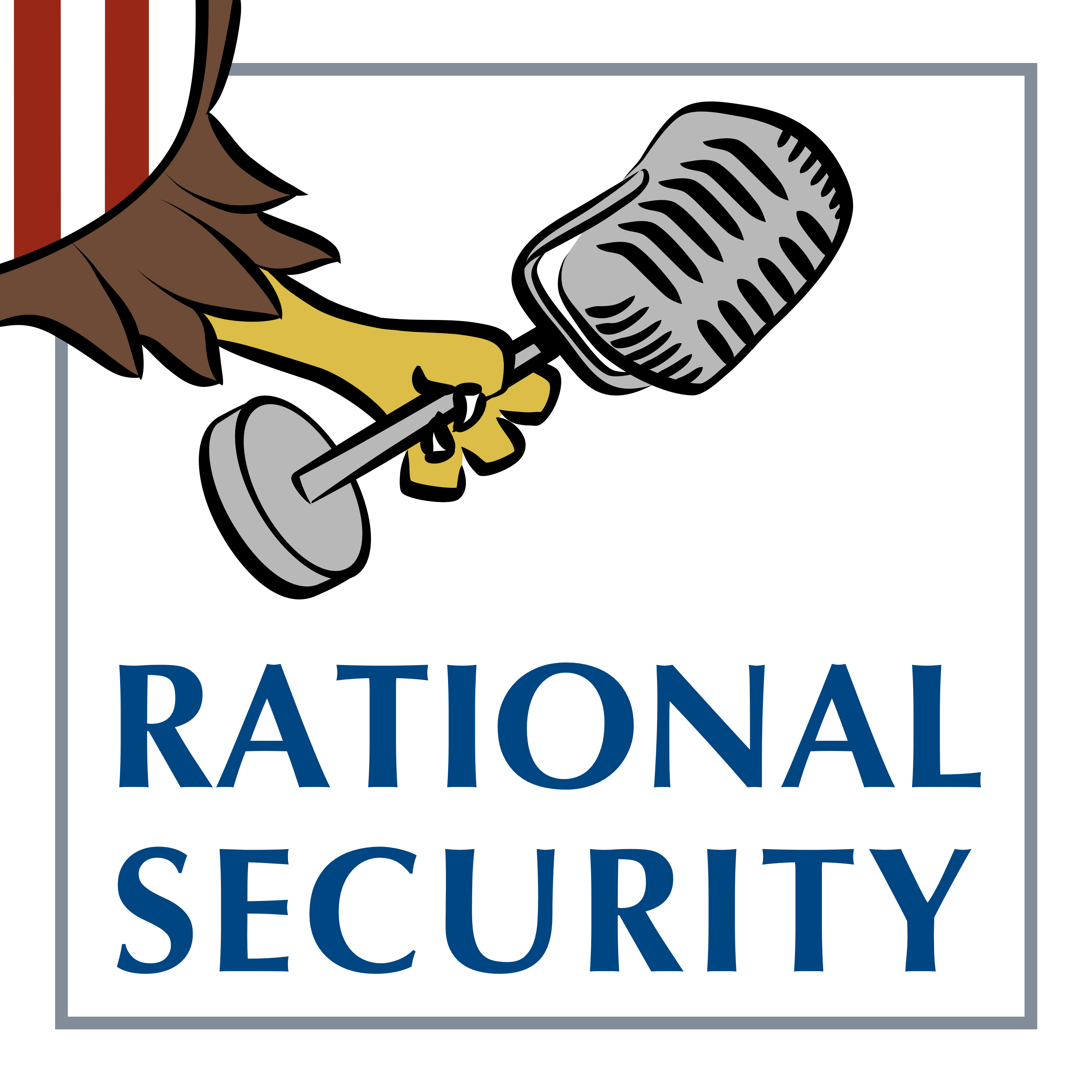Lashkar-e-Tayyiba’s Dangerous Reemergence

Published by The Lawfare Institute
in Cooperation With

Editor’s Note: The April terrorist attack in India prompted a mini war between India and Pakistan. Despite more than 20 people dying and the escalation to war, there has been little attention to the perpetrators of the attack. American University’s Tricia Bacon looks at The Resistance Front and its parent organization, Lashkar-e-Tayyiba, explaining why Lashkar had been relatively restrained in recent years and the reasons it seems to be becoming more active.
Daniel Byman
***
On April 22, several assailants murdered 26 civilians, mostly Hindu tourists visiting Pahalgam, a town in India-administered Kashmir. The perpetrators purposely singled out Hindu men, a provocative tactic that had the intended effect. India immediately blamed Pakistan for the attack and vowed to retaliate. On May 6, India launched a series of airstrikes deep in Pakistan targeting facilities in Punjab associated with Lashkar-e-Tayyiba and Jaish-e-Mohamed, two longtime militant client groups of Pakistan’s army. Pakistani officials claimed they shot down five Indian fighter jets and more than two dozen drones during the assault. Pakistan responded with a series of drone strikes on Indian military bases in Indian Punjab, Kashmir, Gujarat, and Rajasthan. India then shifted to target Pakistani military bases, striking in six cities, including Rawalpindi, where the army is headquartered. The conflict reached “levels of escalation previously unseen between two nuclear-armed powers” in just four days. On May 10, the U.S. helped to broker a ceasefire.
Both nations claimed victory. In India, Prime Minister Narendra Modi faced domestic criticism for agreeing to the ceasefire, despite the unprecedented assertiveness of India’s response. For Pakistan’s army, it was a clearer win. Before the crisis, the army had faced domestic unrest for its imprisonment of popular cricket player-turned-politician Imran Khan, but it emerged strengthened by the conflict with India, effectively regaining its mantle as “the protector of Pakistan.”
Much of the subsequent commentary focused on the role of President Trump, who claimed credit for brokering the ceasefire and offered to mediate the broader dispute over Kashmir, much to India’s dismay and Pakistan’s delight, or analyzed the performance of the two militaries, particularly as a proxy for how Pakistan’s Chinese systems fared against India’s Western ones. But little attention has been paid to the actual perpetrators. The Resistance Front (TRF) claimed responsibility for the attack but then later implausibly denied that it had done so. The shadowy organization behind the attack merits more attention than it has received, because of what the Pahalgam attack may signal about the reactivation of TRF’s parent organization: Lashkar-e-Tayyiba.
A New Offshoot
TRF emerged in 2019 after the Indian government revoked Article 370, which gave Muslim-majority Kashmir (often referred to as Jammu and Kashmir in India) special status and autonomy within India. The group was able to use social media to stoke anger despite the Indian government’s internet and communications blackout in Kashmir. It remains highly active online, particularly in claiming and justifying its violence.
One characteristic of TRF is its secular name. Notably, around the same time that TRF emerged, the People’s Anti-Fascist Front (PAFF)—a similar departure from jihadist branding—also came into existence. It soon became evident that TRF and PAFF were the products of a simultaneous shift in strategy by Lashkar-e-Tayyiba and Jaish-e-Mohamed, respectively. Rather than infiltrating operatives from Pakistan into Kashmir, both groups now had indigenous affiliates on the ground. The new groups were rebrandings of their campaigns in less jihadist terms to attract more Kashmiris and to tap into simmering local frustration—a strategy that has had some success.
TRF, Lashkar’s affiliate, demonstrated only modest operational capability in subsequent years. Overall, violence in Kashmir is low, with the fewest attacks in 2024 of any time since the insurgency began in the 1990s. For its part, TRF issued threats against journalists, Kashmiri Pandits, and others, stoking fear with hit lists of people it accused of supporting the Indian government in Kashmir. But it launched few major attacks. It used grenades and small arms to conduct targeted killings, including the murders of a Kashmiri Pandit and two schoolteachers in late 2021. Its violence escalated in 2024, when TRF operatives opened fire on a bus transporting pilgrims who were visiting Hindu shrines, killing nine. That same year, TRF assailants used the same modus operandi to strike a camp housing migrant laborers, killing seven.
The April attack in Pahalgam was, by far, TRF’s most consequential to date. Importantly, it received reinforcements from Lashkar in Pakistan, contributing to the deadlier result. In July, Indian security forces killed three Pakistani nationals they identified as perpetrators of the attack. For Lashkar, the Pahalgam attack is a return to tactics it used in Kashmir during the insurgency in the 1990s, when it conducted massacres of non-Muslims in an effort to terrorize them into leaving the area. Now the tactic is intended to deter non-Muslims from relocating to and visiting Kashmir, amid accusations that the Indian government seeks to change the Muslim majority composition of the region.
Overall, TRF provided Lashkar—and, by extension, Pakistan’s army—a continuing foothold in Kashmir. Drones periodically delivered small arms, but until this year TRF operated with limited funds, materiel, and support, as its attack record reflects. However, the Pahalgam attack and Lashkar’s Pakistani operatives’ direct involvement in it may portend the revival of the dangerous group.
A Lashkar Revival?
Lashkar is most widely known for its siege of Mumbai in 2008, which killed more than 160 people and gripped the mega-city for four days. Its use of multiple assault teams who did as much damage as possible before being killed became a model for attacks in Paris, Nairobi, and elsewhere. But predictions that Lashkar would become an international threat missed the mark. Instead, Lashkar did not conduct another major attack until this April.
Lashkar’s lull in attacks was not because of a lack of capability. The group has thousands of trained cadres with experience in Kashmir and, to a lesser extent, in Afghanistan. It has numerous terrorist plots that have undergone varying levels of preparation. Notably, the organization’s 2008 attack in Mumbai was not the only time it struck a major Indian city. The group also attacked the highly symbolic Red Fort in New Delhi in 2000—with the attackers escaping without being apprehended—and orchestrated multiple, simultaneous bombings of commuter trains in Mumbai in 2006, which killed nearly 200 people.
With the group’s safe haven in Pakistan, its capability has not diminished in the intervening years. Remarkably, Lashkar is the only Sunni jihadist group that emerged from the war against the Soviets in Afghanistan in the 1980s that still has its founding leader, Hafiz Muhammad Saeed, at the helm; that stability is a testament to the protection Lashkar has received from Pakistan’s army for 40 years.
Lashkar’s operational hiatus is also not the result of Indian counterterrorism actions. The Pahalgam attack demonstrated the group’s continuing ability to infiltrate and strike even in the most militarized part of India. Notably, it took months for Indian security forces to neutralize three of the attackers.
Lashkar’s restraint is also not a reflection of diminished motivation. If anything, the opposite is true. Its goal of uniting Kashmir with Pakistan has never been further from reach, and the revocation of Article 370 stoked the group’s anger. At the same time, Lashkar reserves special ire for Indian Prime Minister Modi and the plight of Muslims in India under his government, particularly in Kashmir.
Finally, it is not because of a lack of provocation. In recent years, India has undertaken a targeted killing campaign in Pakistan, employing criminals to assassinate members of Lashkar and other militant groups. It is a poorly kept secret that India is behind these killings, which has fueled a desire to retaliate among some Lashkar members.
There is only one reason for Lashkar’s lack of attacks: the group’s unflagging loyalty to Pakistan’s army. It was badly embarrassed when smoking gun evidence linked Lashkar and the army to the 2008 Mumbai attacks. Under international pressure, a series of Pakistani army chiefs opted to rein in Lashkar’s operations, while maintaining the group’s capability in reserve. Lashkar complied, even allowing its founding leader and head of operations to be tried and convicted of crimes, though they undoubtedly enjoy privileged “prison” conditions. A so-called mainstreaming effort enabled Lashkar to continue its proselytization, recruitment, and social service provision at home unfettered, including during the recent floods. The group even launched a political party, though it has not enjoyed any electoral success.
Not only did Lashkar’s leadership comply with the conditions imposed on it by Pakistan’s army, but the army also had enough command and control over the organization to ensure obedience. For a time, its cadres found an outlet in Afghanistan during the Taliban-led insurgency. But since the Taliban takeover in 2021, Lashkar has not had an active battlefield or operational outlet. Nonetheless, there have been no “rogue” operations by Lashkar members in India, and no faction has splintered in protest. Lashkar may surpass even Hezbollah in terms of its discipline and allegiance to its sponsor.
Lashkar’s role in the Pahalgam attack suggests that Pakistan’s army has loosened the restraints. It is too soon to assess whether it will allow Lashkar even more latitude. India’s airstrikes on Lashkar’s facilities, however, did not deter the group—it more likely had the opposite effect—while the conflict bolstered the army’s position domestically. India and Pakistan reached a “more dangerous baseline” after the conflict in May, and a reactivated Lashkar will make an already-precarious situation in the region more perilous.





